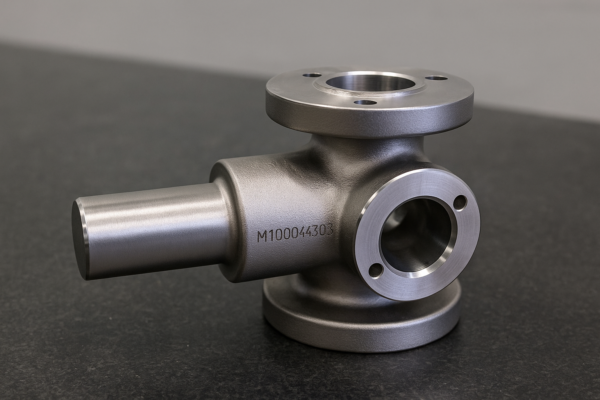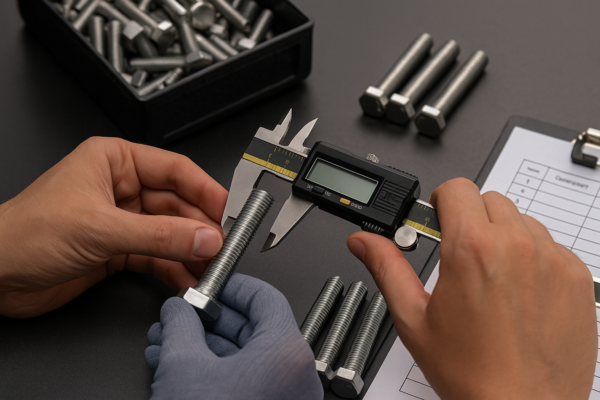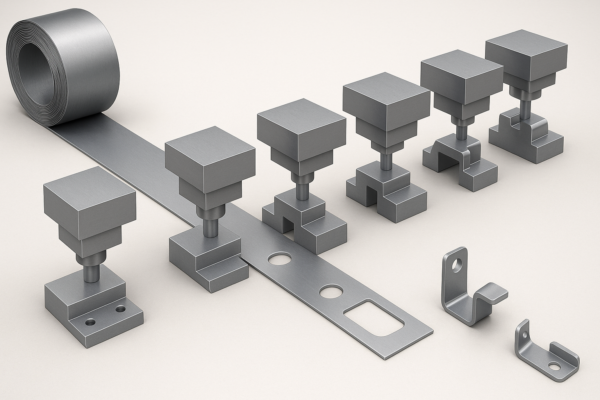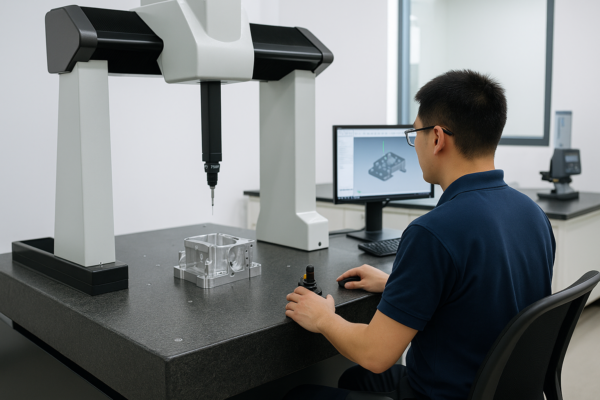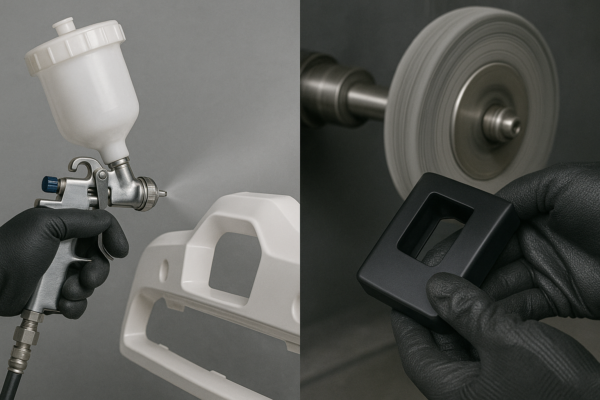What Elements Make Up Minerals?
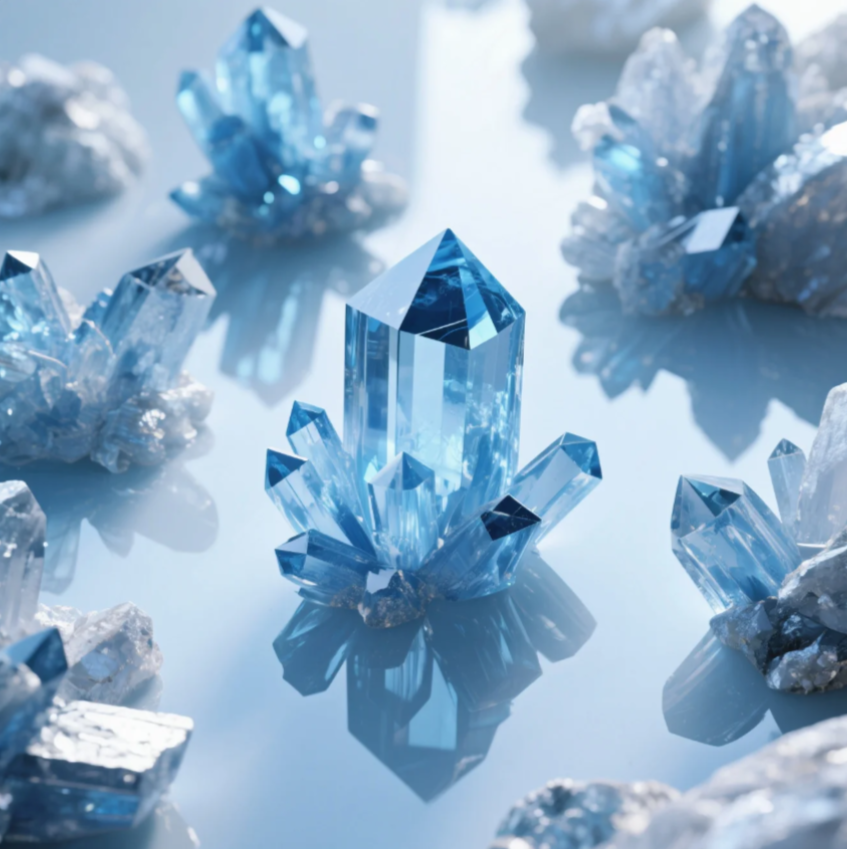
Minerals are naturally occurring substances that make up the Earth’s crust. They are composed of various elements that combine to form distinct structures with unique properties. Understanding the elements that make up minerals helps in identifying their uses, characteristics, and how they interact with other materials.
Snippet paragraph: Minerals are composed of various elements that combine in different ways to form unique structures with distinct properties.
Transition paragraph: Let’s take a deeper look at the elements that make up minerals and explore their role in mineral formation.
What Are the Elements of Minerals?
Minerals are primarily made up of elements, which are pure substances consisting of atoms with the same number of protons. These elements bond together in different ways to form compounds. Common elements found in minerals include oxygen, silicon, aluminum, iron, calcium, sodium, potassium, and magnesium. The specific combination of elements determines the type of mineral and its properties, such as hardness, color, and crystal structure.
Snippet paragraph: Minerals are made up of elements like oxygen, silicon, and iron, which combine to form various mineral compounds with distinct properties.
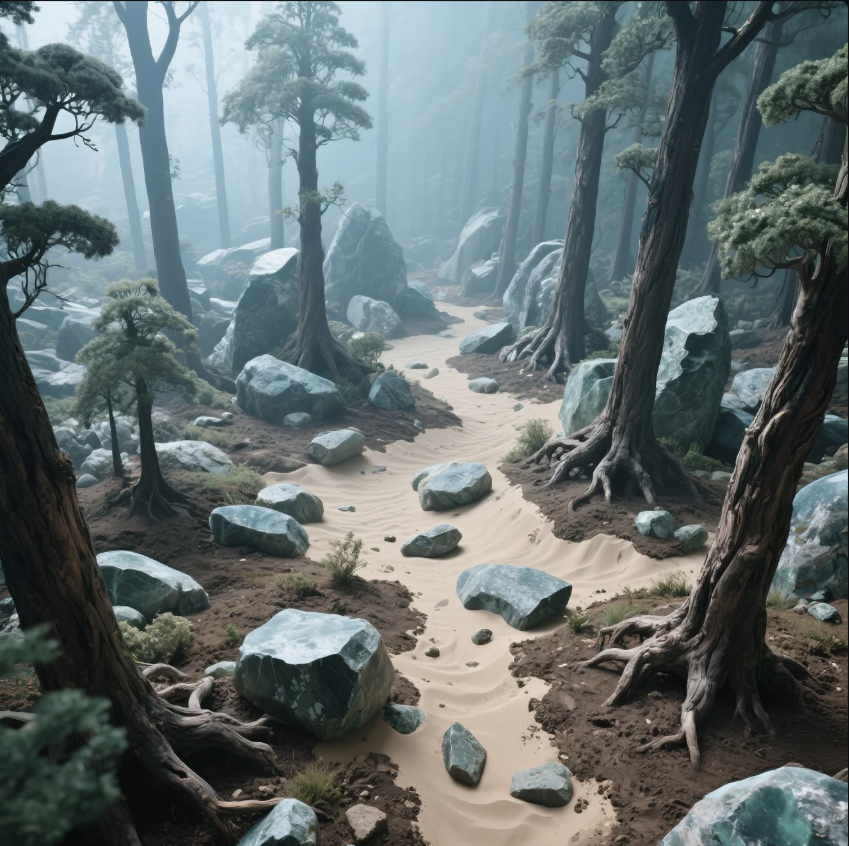
Dive-Deeper paragraph:
The most abundant element in the Earth’s crust is oxygen, which combines with silicon to form silicate minerals like quartz and feldspar. Silicates are the largest group of minerals, accounting for about 90% of the Earth’s crust. Iron is another critical element, forming minerals like magnetite and hematite. Calcium, sodium, potassium, and magnesium also play significant roles in forming other important minerals such as calcite, feldspar, and mica. The combination of these elements determines the mineral’s characteristics, including its hardness, luster, and specific gravity.
Common Elements in Minerals
| Element | Role in Minerals |
|---|---|
| Oxygen | Combines with silicon to form silicates. |
| Silicon | Forms silicate minerals like quartz and feldspar. |
| Iron | Forms minerals like magnetite and hematite. |
| Calcium | Found in minerals like calcite and gypsum. |
| Magnesium | Forms minerals like olivine and dolomite. |
What Are the 7 Elements of Minerals?
The seven key elements commonly found in minerals are:
- Oxygen (O): The most abundant element in the Earth’s crust.
- Silicon (Si): Forms silicate minerals, which make up the majority of the Earth’s crust.
- Aluminum (Al): Found in minerals like feldspar and bauxite.
- Iron (Fe): A component of minerals such as magnetite, hematite, and pyrite.
- Calcium (Ca): Found in minerals like calcite and gypsum.
- Sodium (Na): Found in minerals such as albite and halite.
- Magnesium (Mg): Forms minerals like olivine and dolomite.
Snippet paragraph: The seven key elements in minerals include oxygen, silicon, aluminum, iron, calcium, sodium, and magnesium, each contributing to different mineral types.
Dive-Deeper paragraph:
Each of these elements plays a significant role in the composition and properties of minerals. Oxygen and silicon combine to form silicates, which make up the largest group of minerals in the Earth’s crust. Aluminum is another common element, found in minerals like feldspar, which is used in the production of ceramics. Iron is critical in forming minerals like magnetite, which is an important source of iron ore. Calcium is a key component of minerals like calcite, which forms limestone and marble. Sodium is found in minerals like halite, also known as rock salt. Finally, magnesium is a component of minerals like dolomite, which is important in the formation of rocks and soil.
The Seven Key Elements in Minerals
| Element | Examples of Minerals | Importance |
|---|---|---|
| Oxygen | Silicates like quartz | Most abundant element in the Earth’s crust. |
| Silicon | Quartz, feldspar | Forms silicate minerals, which make up the majority of minerals. |
| Aluminum | Feldspar, bauxite | Found in key minerals used in industrial processes. |
| Iron | Magnetite, hematite | Essential in the production of iron ore. |
| Calcium | Calcite, gypsum | Found in rocks like limestone and marble. |
| Sodium | Halite, albite | Found in salt deposits and other important minerals. |
| Magnesium | Dolomite, olivine | Important for soil and rock formation. |
What Are Minerals Made Up Of?
Minerals are made up of elements that bond together to form compounds. These compounds can be simple, consisting of just one element (like gold or sulfur), or more complex, with multiple elements. For example, quartz is made up of silicon and oxygen (SiO2), while calcite is made up of calcium, carbon, and oxygen (CaCO3). Minerals with more complex chemical formulas include feldspar and mica, which contain a combination of silicon, aluminum, oxygen, potassium, sodium, and calcium.
Snippet paragraph: Minerals are formed by a combination of elements, either simple (like gold) or complex (like quartz or feldspar).
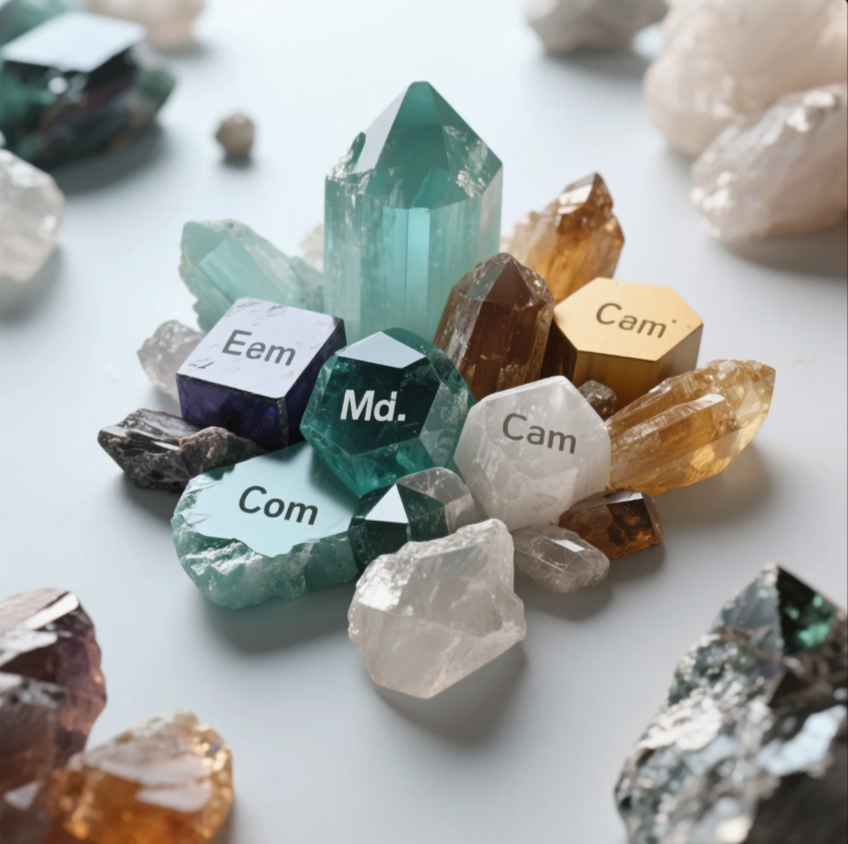
Dive-Deeper paragraph:
The chemical structure of minerals is determined by how their elements are bonded together. For example, quartz (SiO2) is a simple mineral composed of silicon and oxygen atoms. The atoms in quartz are arranged in a repeating pattern, giving it a strong, durable structure. Feldspar, one of the most abundant minerals on Earth, is composed of aluminum, silicon, oxygen, and either potassium, sodium, or calcium. This complexity makes feldspar an important part of many rock types, including granite. Mica, another common mineral, contains elements like aluminum, silicon, and potassium, which contribute to its characteristic flaky texture.
Examples of Mineral Compositions
| Mineral | Elements Involved | Chemical Formula |
|---|---|---|
| Quartz | Silicon, Oxygen | SiO2 |
| Feldspar | Aluminum, Silicon, Oxygen, Potassium/Sodium/Calcium | (K, Na, Ca)AlSi3O8 |
| Calcite | Calcium, Carbon, Oxygen | CaCO3 |
| Mica | Aluminum, Silicon, Oxygen, Potassium | KAl3Si3O10(OH)2 |
What Elements Make Up Most Minerals?
The most common elements found in minerals are oxygen, silicon, aluminum, iron, calcium, sodium, potassium, and magnesium. These elements form the majority of the Earth’s crust and are the building blocks of most minerals. Silicon and oxygen form the basis of silicate minerals, which are the most abundant group of minerals on Earth. Iron and calcium are found in important minerals like magnetite and calcite, which have industrial and geological significance.
Snippet paragraph: The majority of minerals are made up of elements like oxygen, silicon, aluminum, and iron, which form the Earth’s crust.
Dive-Deeper paragraph:
Silicon and oxygen are the two most abundant elements in the Earth’s crust, forming silicates, which make up more than 90% of the Earth’s crust. Iron, which is crucial in forming minerals like magnetite and hematite, is essential for producing steel and other metals. Calcium, commonly found in minerals like calcite and gypsum, is vital in the formation of sedimentary rocks. Magnesium and sodium contribute to the formation of minerals like olivine and feldspar, which are important for soil and rock formation. These elements, in various combinations, make up most of the minerals that are essential to Earth’s geology and industry.
Most Common Elements in Minerals
| Element | Examples of Minerals | Abundance in Earth’s Crust |
|---|---|---|
| Oxygen | Silicates like quartz | 46.6% |
| Silicon | Quartz, feldspar | 27.7% |
| Iron | Magnetite, hematite | 5% |
| Calcium | Calcite, gypsum | 3.6% |
| Magnesium | Olivine, dolomite | 2.8% |
Conclusion
Minerals are made up of elements that combine in various ways to form unique compounds with distinct properties. The most common elements found in minerals include oxygen, silicon, aluminum, iron, calcium, sodium, potassium, and magnesium. Understanding the elements that make up minerals is essential for studying the Earth’s crust and its various geological processes.
TEMPLATE_END

